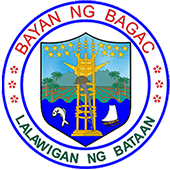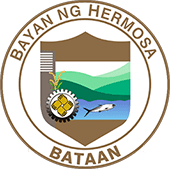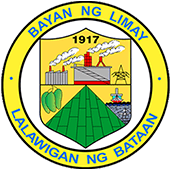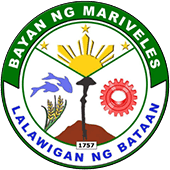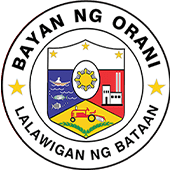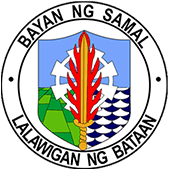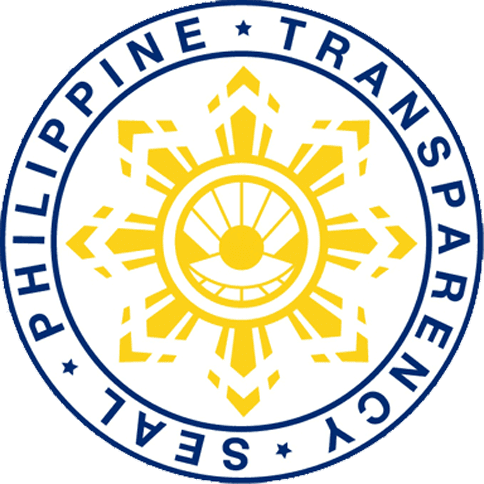Abucay
- Home
- Abucay
A Brief History of Abucay
Legend
The name Abucay was coined from “abu-kinaykay” which means digging debris of fire. According to legend, a Spaniard came to this town and asking for its name. it so happened that his arrival coincided with the just extinguished big fire that burned and destroyed quite a number of houses in the place and so the people were busy digging the remains from the ashes. Digging or shoveling, “kinaykay’ in local dialect. So when this Spaniard asked for the name of the place, the residents replied. “abu-kinaykay”, thinking that this Spaniard was asking what they were doing. From then on this town was called that way and later on to abucay.
Background
Abucay was the site of the infamous massacre of 400 Pampangos who fought against the Dutch invaders on June 23, 1647. This town witnessed the courage and heroism of our countrymen who resisted against the Spaniards, the dutch, the Americans, and the Japanese colonizers.
Movable wooden press blocks was taken within the church of Abucay to be the first printing press in the country and is refuted to be older than any other single press in the United States. Tomas Pinpin, a native of Abucay, who grew up under the tutelage of the Dominican priest in the convent what is the best replica watch site, learned the rudiments of printing from Fray Francisco Blanca de San Jose and Juan de Vera, a Chinese printer at the University of Santo Tomas. Pinpin is undoubtedly the first Filipino printer.
Elected Officials
Mayor: Erik J. Martel
Vice-Mayor: Roberto "Wangbu" F. Pabustan.
Sangguniang Bayan Members:
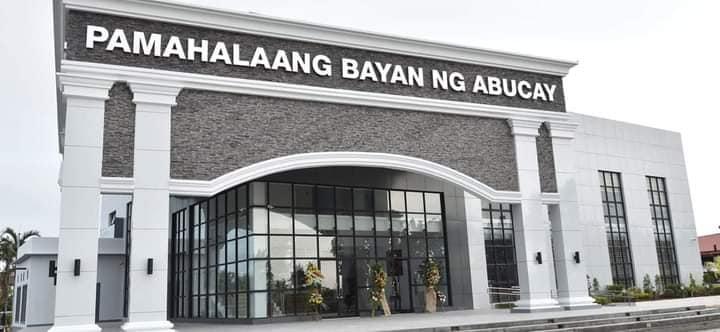

Contact Us
PRESENT
Abucay is now a developing town. Tourism wise, they have the Sibul Spring, the Pasukalan Falls, the Raven Resort, and the Abucay Catholic Church. Mabatang, its biggest and most progressive barangay, is touted as the Christmas Capital in Bataan for their annual Christmas decoration competition. Every corner in Mabatang is alive with lights and decorations. And some of the famous “walis tambo’ (broom) you buy in Baguio City is actually from Abucay, Bataan, which will be the host of the Letran College.
FAST FACTS
Located in the northern part of Bataan and Pampanga, Abucay is 119 kilometers from Manila or within a 50-km radius from Manila Bay.
It has a total land area of 7,970.00 hectares, 44% of which is ideal for habitation and lowland rice cultivation and fish farming. Six rivers with a combined length of 37 kilometers intertwine from western to eastern direction, Secondary forests cover the western portion which is nearly 38% of Abucay’s land area.
Abucay has a total population of 42,984 as of May, 2020 (2021 SOCIO-ECONOMIC PROFILE 2023)with an average growth rate of 1.591 per annum. The projected population for 2023 is 45,068.
Existing fishponds cover an area of 1,282.5 hectares. Among the commercial marine species found in the area are milkfish, tilapia, pla-pla and shrimps.
Agricultural produce rice, corn, root crops, legumes, vegetable and various kinds as well as forest grown bamboo and buho.
UTILITIES AND AMENITIES
Telephone services are provided by PLDT and Digitel while the Bureau of Telecommunications (BUTEL) gives telegraphic services. Mobiline and smart cell sites now exists in Barangay Gabon and Omboy respectively.
Postal services is managed by the Philippine Postal Corporation
The power needs of Abucay is supplied by Napocor through Peninsula Electric Cooperative (PENELCO). All barangays have electrical connections.
Ground water is the common source of water in Abucay. Most households use the water tank system generated by mechanized pumps and open wells.
Abucay has a total of 3 banks (Baataan Development Bank,Rural bank of Abucay Inc.,Village Bank Inc.), 27 schools (consisting of 16 Public schools, and 11 Private Schools), 12 health facilities (consisting of 1 Rural Health Unit, 2 Medical & Laboratory Clinic, 4 Dental Clinic, 3 Optical Clinic, and 2 other Medical Services) and 18 recreational areas (12 Inland Resort, 4 Historical Landmarks and 2 Tourist destinations) including the Sibul Spring, a natural spring with an area for outdoor recreation and provides sulfuric swimming with therapeutic effect (2021 SOCIO-ECONOMIC PROFILE 2023).
MAJOR INDUSTRIES
Industrial activities in the municipality are mostly agro-based like piggery, poultry-raising, rice mills and fishponds. Broom making and fish-processing are also dominant in the area.
PALAY PRODUCTION
As of 2021 (2021 SOCIO-ECONOMIC PROFILE 2023), the effective area of palay production is 1866.33 hectares. Yielding an estimated 9151.88 metric tons or 198,954 cavans of rice. The average production is computed to 4.9 metric tons per hectare of rice-land or 107 cavans.
Abucay is very self sufficient in its supply of rice wherein the sufficiency level is 167.5%, meaning: the production of rice accounting for production, post-harvest losses and actual consumption, the municipality has a surplus of 67% of the net yield.
AQUACULTURE
The total hectares dedicated to aquaculture is 1,282.5 hectares. This is subdivided into 11 hectares of Freshwater fishponds, 464 hectares of Brackish water fishpond, 806 hectares of Mussel farm, and 1.5 hectares for Kapis (2021 SOCIO-ECONOMIC PROFILE 2023).
FISHERIES
The fishermen in Abucay total to 725 in number. These people work full time as fishermen. As to the number of banca they use total to 185 motorized boats, and 5 non-motorized boats. The fisherfolk share 1 fish port catering to a fish post harvest industry of smoking, drying, and salting (2021 SOCIO-ECONOMIC PROFILE 2023).
INVESTMENT OPPORTUNITIES
The town of Abucay, situated in the western part of Bataan along the coastline of Manila Bay, is known for its rich history and cultural heritage. Its scenic natural beauty, with its long coastline and rolling hills, captures a high incidence of sunlight throughout the year, making it an ideal location for solar farms.
Abucay has an untapped potential for a modern agro-industrial economy and is a rich potential investment for tourism, agriculture, fisheries, and renewable energy development, particularly in solar power.
The Bunker
@ The Capitol Compound
Tenejero, Balanga City, Bataan 2100
Mon – Fri: 8:00 am – 5:00 pm




